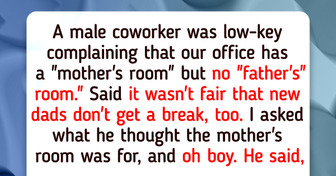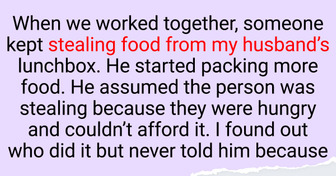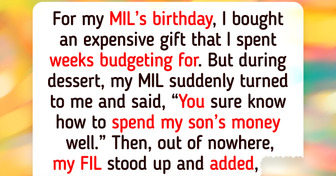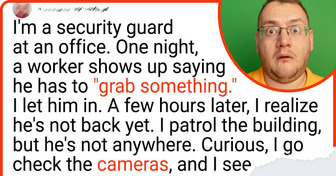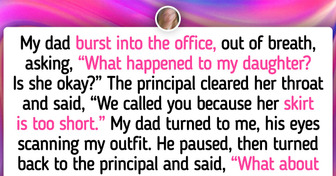15 Family Secrets That Could Top Google Searches

You open up your mailbox and see a dryer sheet. It’s got no purpose in there, so you take it out, right? Wrong. Leave it there; you’ll be doing your mail carrier a big favor. Here’s why!
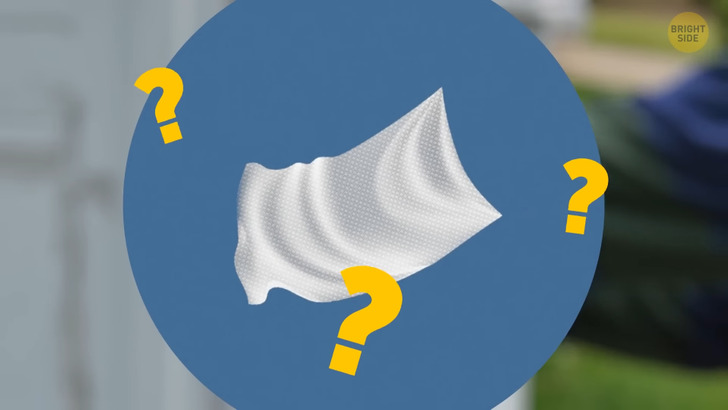
You might think dogs are the only creatures that cause problems for mail workers when they’re out delivering your mail. And with good reason. More than 5,800 United States postal workers had unpleasant run-ins with dogs in 2020. But they aren’t the only inconvenience for mail carriers who are just trying to get home safely.
Mail workers often leave these dryer sheets in mailboxes to protect themselves against wasps. That might sound bizarre. But even the average person can expect to be stung by a wasp around five times in their life. And it’s a much more likely occurrence than getting bitten by a dog.
Why does the dryer sheet keep wasps away? It’s pretty simple, really — wasps can’t handle its smell. It’s just way too intense for them, so they try to avoid dryer sheets altogether. It does make sense, given that dryer sheets are meant to freshen up our clothes and make them smell nice. One could expect them to have a strong scent. Overall, this is just a minor disturbance in the life of a wasp. Thankfully so, because they don’t really have any time for extra worries.
On average, wasps have an extremely short life span. Most will live no more than 22 days. This, of course, doesn’t apply to the Queen, that sometimes lives for as long as a full year! But it’s still nice that, while the rest are here, they don’t have to worry about flying into a dryer sheet everywhere they go!
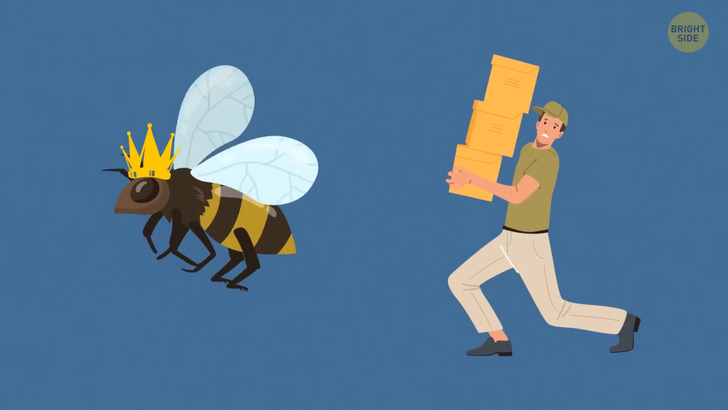
It’s funny that the wasps that live for such a short period of time probably relate more to mail carriers, who are trying to avoid them, than their much-worshipped Queen. This is because their 22 days of life are all about work. They each have their individual jobs, which ultimately revolve around building a suitable nest to ensure the protection of the Queen. In this Queen’s nest, there are two different types of wasps. Drones — which are males, and workers — which are females.
The latter, in particular, are extremely diligent creatures. Worker wasps start their lives by helping to feed developing larvae. The larva is an immature insect, fresh out of an egg, which is yet to develop into its grown-up form. This stage of the Worker Wasp’s life typically lasts for three to four days. After that, they begin to perform tasks that involve leaving the nest, such as collecting water or bringing back wood material which is what nests are made of.
The water they bring back is then spat out by the worker wasps and used to enlarge the entrance. The water mixes with the material that needs to be removed and forms pellets which are then carried out of the nest. The worker wasp will then go through a period of focusing on building the nest itself before taking on the role of food gatherer. Wasps get energy from nectar or honeydew and protein from insects or animals.
Speaking about the selfless nature of these worker wasps, they don’t even have the necessary enzymes in their bodies to allow them to eat most of the food they gather. This means that the majority of the food they bring back goes to the undeveloped wasps known as larvae that I mentioned earlier.
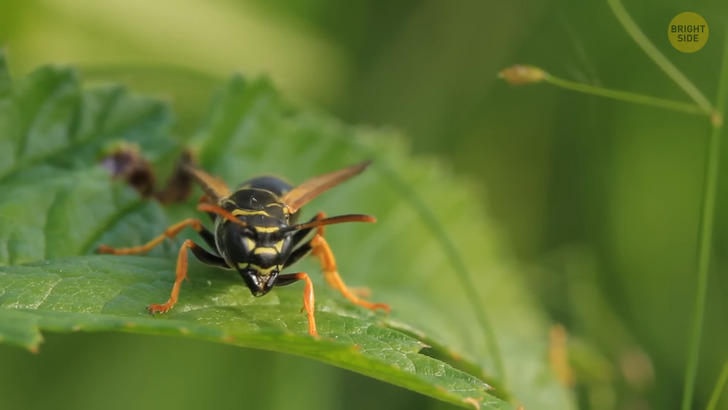
Thankfully, the worker wasps do get some kind of reward for their diligence. From the food the larvae digest, they can get a creamy substance that looks like soup. This substance contains all the sustenance that the worker wasps need to continue carrying out their duties. This type of food exchange is called ‘trophallaxis feeding.’ It’s a key part of the social contact between the workers and the developing young.
On most of the foraging trips, the worker wasps travel up to 1,000 feet away from the nest. But research has shown that some journeys go on for over half a mile. The worker wasps even follow one another to known sources of food. The worker wasps finish their lives back inside the nest. But they don’t relax and enjoy retirement. Instead, they take up their final role, which is guarding the entrance to the nest.
So, how does the life of a female worker wasp compare with that of a male drone? Well, their male counterparts are actually quite sluggish in comparison. Even despite their larger size. The drones are, on average, over half an inch in length. Whilst the female worker wasps are usually smaller than half an inch. The drones are also more brightly colored, have long drooping antennas, and don’t have the ability to sting.
The Queen is bigger than both of those and is the closest to being a full inch in length. Why do I suggest the drones are lazier? Well, while the worker wasps are out collecting wood, water, or food, the drones can often be found back at the nest, putting their heads into empty cells, with only their tails visible. Doing something to add value? Not really; it’s more likely that they’re just taking a nap.
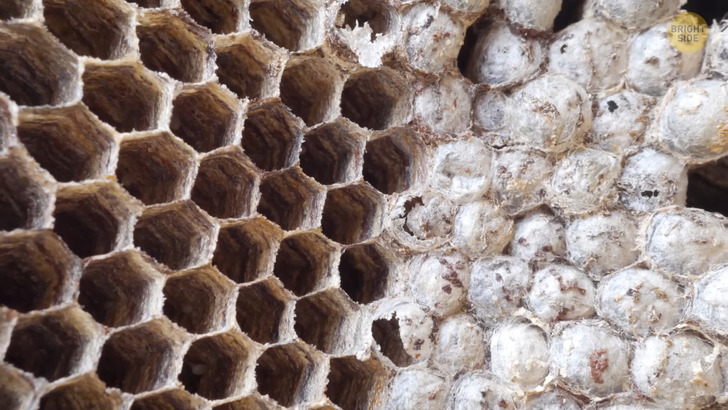
When they’re not catching some shut-eye, they’re known to help distribute food to the larvae by going from cell to cell and popping the meals into their open mouths. The drones also try to pull their weight in other ways. Which, in a literal sense, wouldn’t be hard to do since most drones and workers weigh between 10 and 19 milligrams.
Anyway, the drones also carry away and dispose of any rubbish that may gather inside the nest. These nests where the Queen, drones, and workers co-exist typically last between three and four months. They fall apart in the winter when new Queens fly away to hibernate. The rest of the wasps and the nest itself struggle to survive the cold winter conditions. As do the new Queens. Research shows that as few as two out of every 4,500 Queens make it through the hibernation period.
This is not just because of the cold weather conditions. The Queen wasps find dark and dry locations to hibernate, such as a crack in the wall inside a house. They tuck their antennae neatly between their legs and bite whatever surface is in front of them in order to hang on firmly. This leaves them extremely vulnerable to other insects, such as spiders.
But those lucky Queens who truly enjoy a nice long slumber during the hibernation period typically resurrect in the spring and begin to build a new nest. The Queen will fly up to 47 miles just to find the perfect warm and dry spot. Attics and roofs often fit the bill! The Queen will then produce new workers and drones, and the life-cycle of wasps will continue!
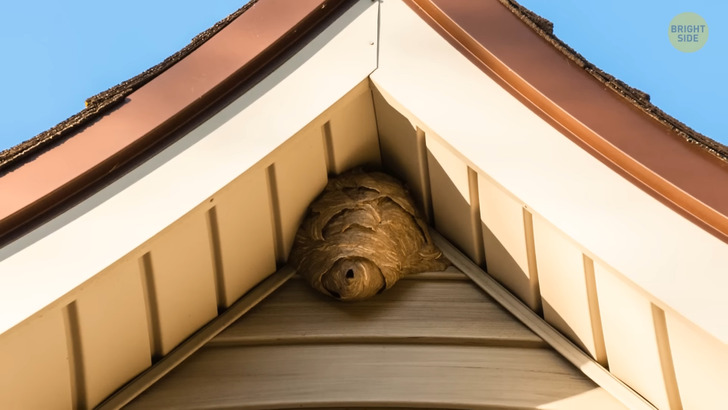
If you do come across a wasp nest, it’s best to just leave it alone. You can’t always know what kind of reaction you’ll have to a sting from the creature. And who says you’ll get stung by just one? The average wasp nest can hold up to 10,000 members during the peak of the summer. It’s best to leave the nest to pest control services.
But what precautions can you take to avoid any unfortunate encounters with wasps in general? We owe thanks to mail carriers for making us aware of dryer sheets — but what else can we do? You can start by not leaving any food lying around. This is the main attractor of wasps. Be it foods full of protein, like chicken, or sweets, like ice cream. Make sure you wash your dishes, cover any food you keep for later, and remove all leftovers as soon as you’re done feasting!
While wasps hate the odor of dryer sheets, things like flowers and fruits greatly please their sense of smell. You should pay attention to any perfumes, lotions, or hair care products that you use. Wasps may mistake them for nectar while out looking for food! You can also be practical about your defensive strategy against wasps. You can use your clothing to your advantage. Wear long sleeves and trousers. Stay away from sandals.
You can avoid getting unnecessary attention from any nearby wasp by wearing red clothes as it’s the only color of the rainbow that they can’t see! Most importantly (and I know it’s easier said than done, so don’t get mad at me for saying it), stay calm! Research has shown that waving your hands, panicking, and causing a commotion when a wasp lands nearby actually increases your chances of getting stung. I hope this will help you to protect yourself when you’re around wasps. In the meantime, keep helping our great mail workers out and leave those dryer sheets exactly where they are!

